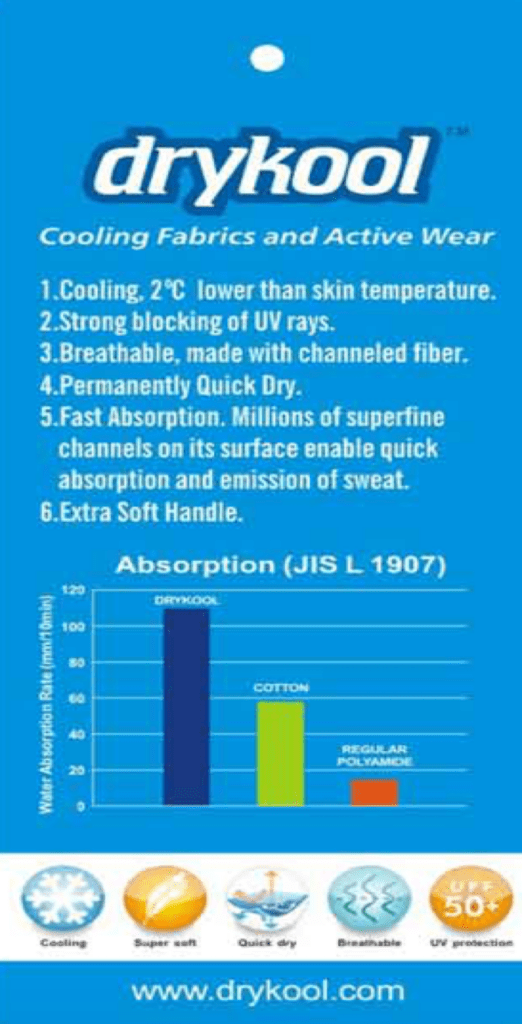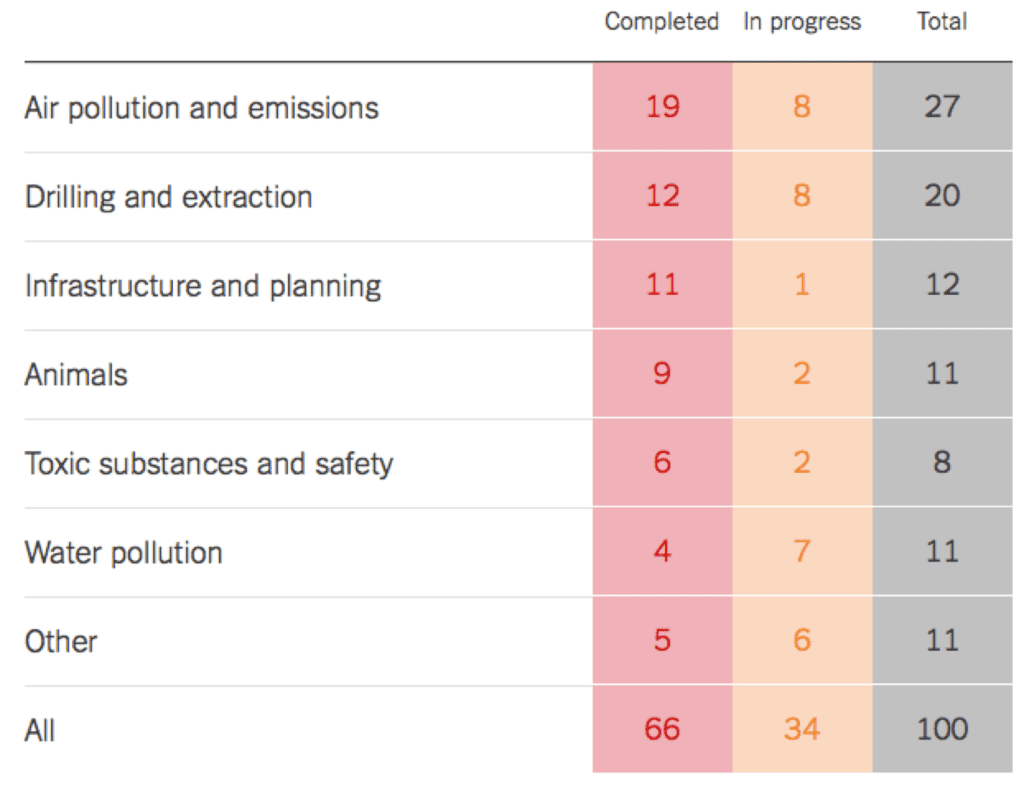Daniel Salzler No. 1053 EnviroInsight.org 6 Items June 12, 2020
—————Feel Free To Pass This Along To Others——————
If your watershed is doing something you would like others to know about, or you know of something others can benefit from, let me know and I will place it in this Information newsletter.
If you want to be removed from the distribution list, please let me know. Please note that all meetings listed are open.
Enhance your viewing by downloading the pdf file to view photos, etc. The
attached is all about improving life in the watershed.
1. Federal Court Outlaws Controversial Herbicide Dicamba. Farmers will have to immediately stop the use of dicamba on millions of acres across the country in the wake of numerous lawsuits claiming damage to neighboring crops from drift.
On June 4, the day after the Ninth Circuit made its ruling, USDA secretary Sonny Perdue issued a statement that encouraged the EPA “to use any available flexibilities to allow the continued use of already purchased dicamba products.”
On June 8, the EPA issued an order that ended the approval for dicamba, but allowed farmers to use existing stock of the herbicide until July 31, 2020.)
Farmers can no longer spray the controversial pesticide dicamba over-the-top of genetically modified soybeans and cotton, the U.S. Ninth Circuit Court of Appeals ruled Wednesday.Dicamba is a weed killer that skyrocketed in use in recent years after agribusiness giant Monsanto introduced genetically engineered soybean and cotton seeds that resist the herbicide. The ruling means that farmers will have to immediately cease the use of dicamba on millions of acres of crops across the Midwest and South. About 60 million acres of crops will be affected.
Farming and conservation organizations the National Family Farm Coalition, Center for Food Safety, Center for Biological Diversity, and Pesticide Action Network, filed a lawsuit alleging that the U.S. Environmental Protection Agency unlawfully approved the herbicide.
The court vacated the U.S. Environmental Protection Agency’s (EPA) registration of Bayer’s XtendiMax with VaporGrip Technology dicamba herbicide, ruling that the agency violated the Federal Insecticide, Fungicide, and Rodenticide Act, the federal law regulating pesticides. Bayer bought Monsanto in 2018
The ruling also vacates approval for dicamba-based herbicides made by BASF and Corteva
Bayer spokeswoman Susan Luke said the company “strongly disagrees” with the ruling and is assessing options.
“If the ruling stands, we will work quickly to minimize any impact on our customers this season. Our top priority is making sure our customers have the support they need to have a successful season,” Luke wrote in an emailed statement Wednesday night.
In a statement posted online Thursday morning, Bayer said it would pursue a new registration of its dicamba herbicide for the 2021 growing season and “we hope to obtain the new registration by this fall.” Since new versions of dicamba made by Monsanto and BASF were released for the 2017 growing season, the off-target movement of dicamba has damaged millions of acres of non-resistant crops and natural areas each year. The herbicide is also at the heart of hundreds of lawsuits filed over the damage. Earlier this year, a Missouri jury awarded a peach farmer $265 million for damage from dicamba to his crops.|
The EPA originally approved dicamba in 2016 for two years and then re-affirmed that decision in 2018 for another two years through the 2020 growing season.
The federal lawsuit alleged that the agency violated the Federal Insecticide, Fungicide, and Rodenticide Act, commonly referred to as FIFRA, by not having enough evidence to support its decision, including not having a single study looking at how dicamba moving off-target affects soybean yield. The three-judge panel, which heard oral arguments in April, agreed with plaintiffs, finding
2. Staying Cool When Working In The Heat. Arizona has experienced some record high daytime temperatures and record high evening lows. New technology can help keep people stay cool while outside. An important aspect of a useful cooling garment is that it activates easily and cools down as fast as possible. With many jobs in remote locations, it’s also important that workers can refresh their gear and get it cold again and again through the day with the water they have available on site.
Products that activate with any temperature of water, even a water bottle that’s been sitting inthe sun, have a huge advantage over those that only feel as cold as the water you soaked them in.
New technologies in cooling garments activate even with very hot water and cool down to as low as 30 degrees Fahrenheit below normal body temperature. This is important because the greater the difference between a cooling garment and the skin’s temperature, the faster the wearer cools down. These fabrics can also be reactivated an unlimited number of times through the workday for anytime solution that can help to stave off heatillness.

3. Water At The Crossroads Webinar; The Next 40 Years. WRRC Annual Conference Goes Virtual
The WRRC Annual Conference, Water at the Crossroads: The Next 40 Years, has been transformed into a virtual event. Join us June 18 and 19, 2020 for a program of notable speakers, in-depth panel discussions, audience Q & A, and more. The original conference agenda has been modified for the virtual environment with half-day blocks scheduled over two days. The conference starts at 1 pm on Thursday, June 18 with a 3-hour program that segues into an hour of concurrent options for virtual “Happy Hour Networking.” On Friday, panels and presentations resume from 8 am – 12:30 pm. Join us from the comfort of your home as we look back at the last 40 years of Arizona water management and forward to the next 40 years.

Learn more about the conference, go to https://wrrc.arizona.edu/wrrc-annual-conference-goes-virtual. Please contact the WRRC at [email protected] or 520-621-9591 if you have any questions.
4. City of Tucson TEAM UP TP LEAN UP POSTPONED UNTILL JUNE 24-27.
The City of Tucson’s Team Up to Clean Up event originally planned for June 8-13 has been postponed until June 24-27.
This event, in partnership with Tuscon Clean & Beautiful and United Way, is an opportunity for City employee and the entire community to go outside their homes to work together to improve the visual appearance of Tucson as we move toward reopening.

Some places where you can choose to help clean up include City worksite, neighborhoods, or your own property. Everyone I welcome to participate.
Participants are asked to share their clenups via social media using #TeamUpToCleanUp and tagging @CityofTuscon on Twitter, Facebook and Intgram.
| The City of Tucson’s Team Up to Clean Up event originally planned for June 8-13 has been postponed until June 24-27. This event, in partnership with Tuscon Clean & Beautiful and United Way, is an opportunity for City employee and the entire community to go outside their homes to work together to improve the visual appearance of Tucson as we move toward reopening. Some places where you can choose to help clean up include City worksite, neighborhoods, or your own property. Everyone I welcome to participate. Participants are asked to share their clenups via social media using #TeamUpToCleanUp and tagging @CityofTuscon on Twitter, Facebook and Intgram. For more information nd to sign up, visit Tusconaz.gov/teamupcleanup 5. Endangered Fish Now Swimming in Agua Caliente Park’s Restored Pond. The endangerd Gila topminnow is now swimming in the newly restored pond at Aqua Caliente on Tucson’s eastside. 500 Gila topminnows were released into the pond on Wednesday, May 13, by staff from multiple county and state agencies. The fish release, part of a larger Sonoran Desert Conservation Plan, has been years in the making. The small green and black Gila topminnow once swam throughout Tucson’s water system, but loss of habitat and predation from non-native fish landed them on the endangered species in 1967. Topminnows survived in sparse populations in the Santa Cruz watershed, such as in Cienega Creek. Source: City of Tucson |
6. The Trump Administration Is Reversing 100 Environmental Rules. Here’s the Full List. By NADJA POPOVICH, LIVIA ALBECK-RIPKA and KENDRA PIERRE-LOUIS UPDATED May 20, 2020
After three years in office, the Trump administration has dismantled most of the major climate and environmental policies the president promised to undo. Calling the rules unnecessary and burdensome to the fossil fuel industry and other businesses, his administration has weakened Obama-era limits on planet-warming carbon dioxide emissions from power plants and from cars and trucks, and rolled back many more rules governing clean air, water and toxic chemicals. Several major reversals have been finalized in recent weeks as the country has struggled to contain the spread of the new coronavirus.
In all, a New York Times analysis, based on research from Harvard Law School, Columbia Law School and other sources, counts more than 60 environmental rules and regulations officially reversed, revoked or otherwise rolled back under Mr. Trump. An additional 34 rollbacks are still in progress.

With elections looming, the administration has sought to wrap up some of its biggest regulatory priorities quickly, said Hana V. Vizcarra, a staff attorney at Harvard Law School’s Environmental and Energy Law Program. Further delays could leave the new rules vulnerable to reversal under the Congressional Review Act if Democrats are able to retake Congress and the White House in November, she said.
The bulk of the rollbacks identified by the Times have been carried out by the Environmental Protection Agency, which repealed and replaced the Obama-era emissions rules for power plants and vehicles; weakened protections for more than half the nation’s wetlands; and withdrew the legal justification for restricting mercury emissions from power plants.
At the same time, the Interior Department has worked to open up more land for oil and gas leasing by cutting back protected areas and limiting wildlife protections.
“Over the past three years, we have fulfilled President Trump’s promises to provide certainty for states, tribes, and local governments,” a spokeswoman for the E.P.A. said in a statement to The Times, adding that the agency was “delivering on President Trump’s commitment to return the agency to its core mission: Providing cleaner air, water and land to the American people.”
But environmental and legal groups said the rollbacks have not served that mission. Ms. Vizcarra, who has tracked environmental rollbacks for Harvard since 2018, said the agency under Mr. Trump has often limited its own power to regulate environmental harm, especially when it comes to climate change.
Many of the rollbacks have faced legal challenges by states, environmental groups and others, and some could remain mired in court beyond November, regardless of the outcome of the election
Hillary Aidun, who tracks deregulation at Columbia University’s Sabin Center for Climate Change Law, said many of the rollbacks had not been adequately justified, leaving them vulnerable to legal challenge.
The New York Times analysis identified 10 rules that were initially reversed or suspended but later reinstated, often following lawsuitsand other challenges. Other rollbacks were rebuffed by the courts but later revised by the administration and remain in effect.
All told, the Trump administration’s environmental rollbacks could significantly increase greenhouse gas emissions and lead to thousands of extra deaths from poor air quality each year, according to energy and legal analysts.
Below, we have summarized each rule that has been targeted for reversal over the past three years. Are there rollbacks we missed? Email [email protected] or tweet @nytclimate.
Copyright EnviroInsight.org 2020
